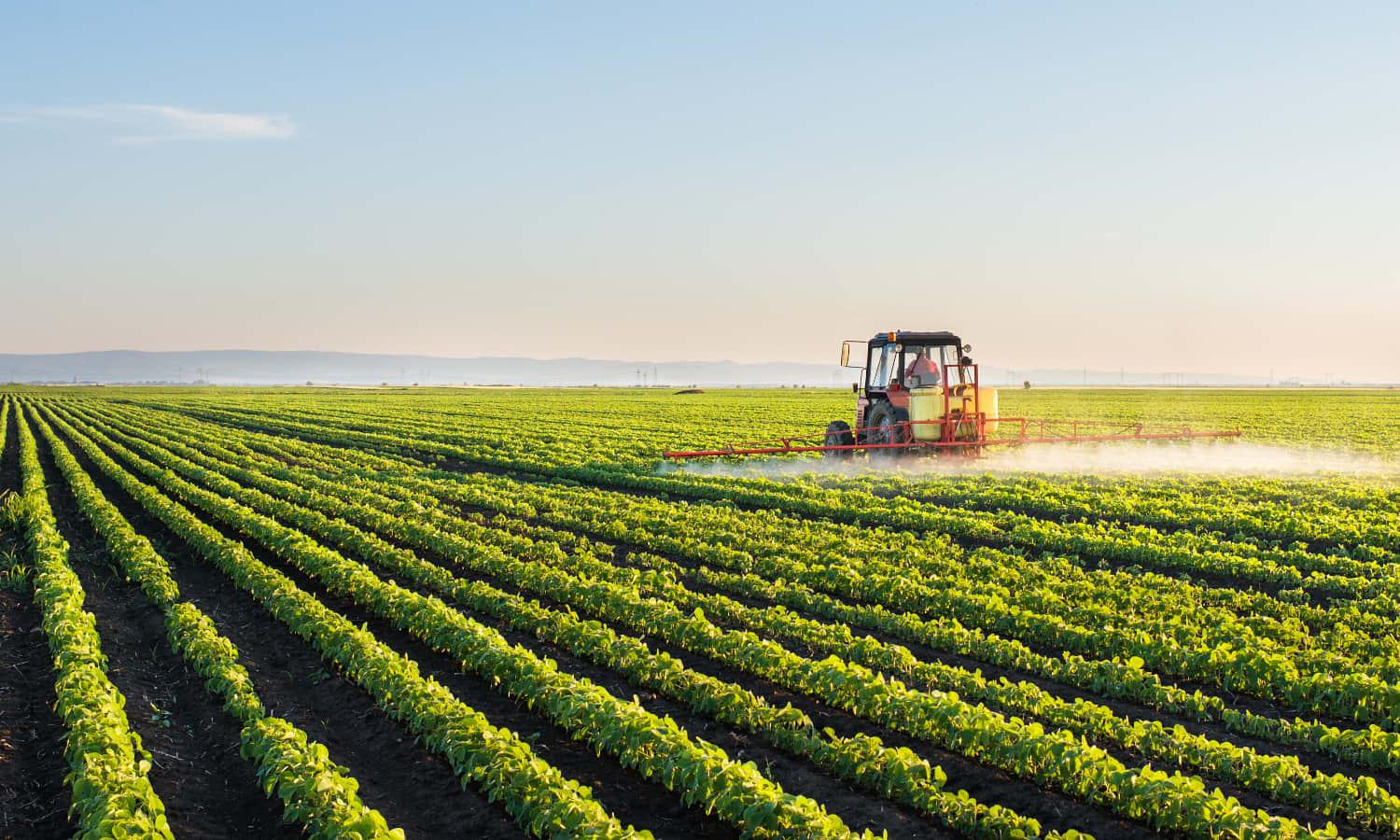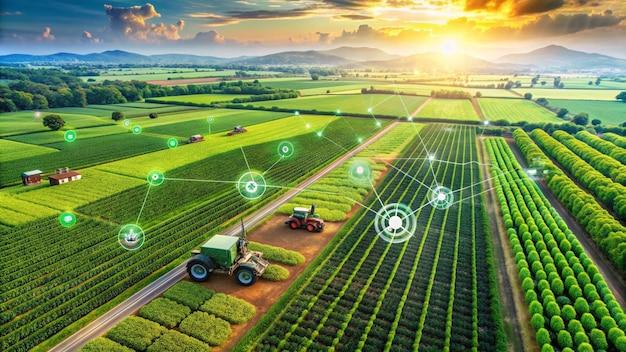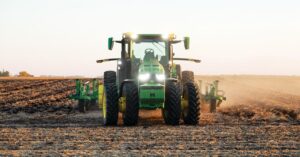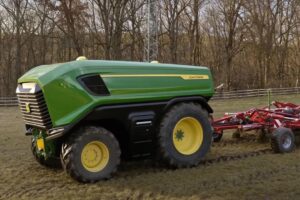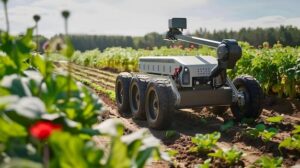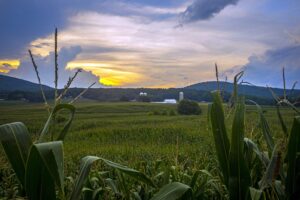Despite rapid advancements in artificial intelligence across industries, the agricultural sector shows a surprisingly slow pace in adopting new technologies. Recent data indicates that while AI solutions for farming continue to evolve, implementation rates among farmers have plateaued in the past year.This trend emerges at a critical time when global food security challenges and climate pressures demand innovative agricultural solutions.the gap between available agtech capabilities and their actual deployment on farms raises questions about accessibility, cost barriers, and the practical challenges of integrating complex technology into traditional farming operations. Recent data reveals a concerning trend in the agricultural sector as farmers show increasing reluctance to implement new technological solutions, despite rapid advancements in artificial intelligence. industry experts point to several factors contributing to this slowdown, including cost barriers, technical complexity, and skepticism about return on investment.
Traditional farming practices continue to dominate many agricultural regions, with onyl 23% of farms actively incorporating smart technologies into their operations. This represents a significant decrease from the projected adoption rates forecasted five years ago, which anticipated 45% implementation by 2023.Investment in agricultural technology reached $11.4 billion globally in 2022, but much of this capital remains concentrated in research and progress rather than practical field applications. smaller farms, in particular, face ample challenges in accessing and implementing these innovations, creating a widening technological gap within the industry.
The complexity of modern farming systems requires sophisticated integration of multiple technologies, from soil sensors to drone monitoring and automated irrigation systems. However, many farmers report difficulties in seamlessly connecting these various components into their existing operations. Training requirements and technical support needs often exceed available resources, particularly in rural areas with limited access to specialized expertise.
Climate change pressures and increasing food demand necessitate more efficient farming methods, yet the disconnect between technological development and practical implementation continues to grow. Surveys indicate that 67% of farmers acknowledge the potential benefits of AI-driven solutions but cite concerns about data security, ongoing maintenance costs, and system reliability.
Several agricultural technology providers have begun addressing these challenges by developing more user-friendly interfaces and offering comprehensive support packages. These initiatives include remote troubleshooting capabilities, regular software updates, and specialized training programs designed for varying levels of technical proficiency.
Government agencies and agricultural organizations are also stepping in to bridge the adoption gap.New subsidy programs and educational initiatives aim to make advanced farming technologies more accessible to medium and small-scale operations. However, these efforts have shown limited success in accelerating implementation rates.The integration of predictive analytics and machine learning algorithms offers promising solutions for crop yield optimization and resource management. Yet, only 15% of farms currently utilize these capabilities effectively, despite their proven benefits in reducing water consumption and improving harvest timing.
Industry analysts suggest that closing the adoption gap requires a more collaborative approach between technology developers,agricultural experts,and farmers. This includes establishing demonstration farms, creating peer-to-peer learning networks, and developing scalable solutions that can adapt to different farm sizes and types.
Successful technology adoption stories highlight the importance of phased implementation strategies,allowing farmers to gradually integrate new systems while maintaining operational stability. These cases demonstrate that when properly supported,technological innovations can considerably enhance agricultural productivity and sustainability.